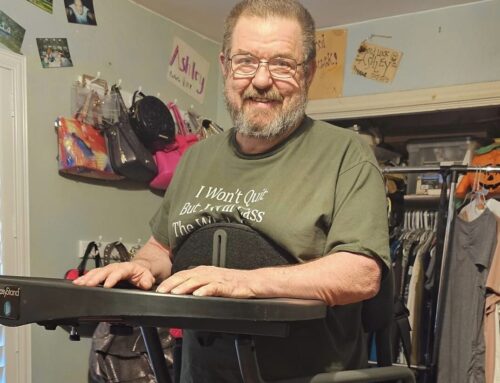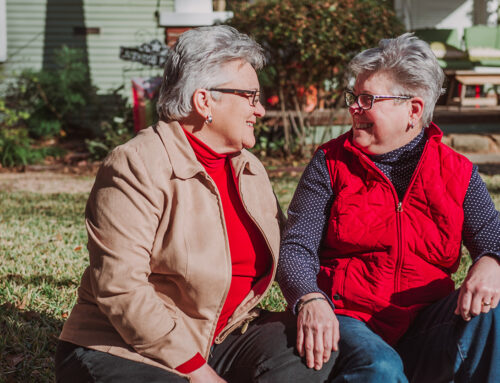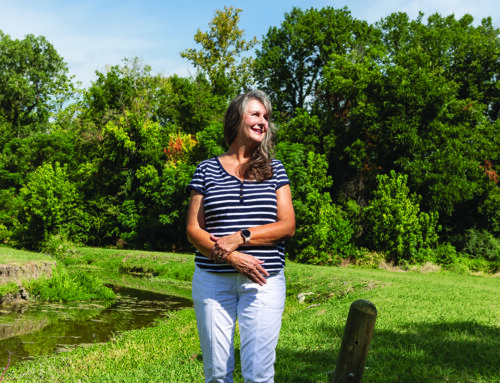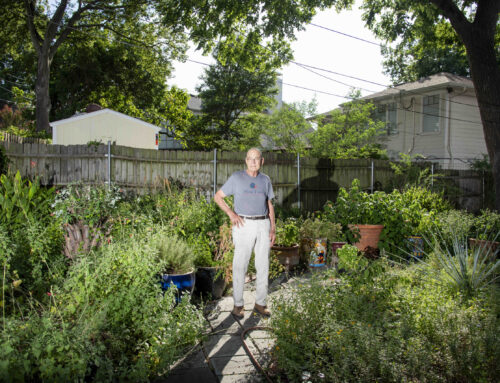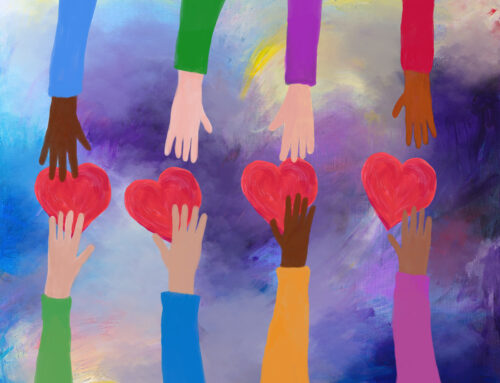The first thing you notice is that it smells the exact same way it did when you were a kid.
Open the door, and the sweet, powdery fragrance overwhelms you – the same way it did when you and your brother went after school every Tuesday, when he got a regular and you got a butch.
Decades don’t make a lot of difference to barber shops.
“We were just talking about this,” says George Lehman, who has operated the Lakewood Barber Shop for 36 years. “There’s not a whole lot that can change with a barber shop.”
If almost everything else has changed in the world in the past 30 years, the barber shop hasn’t. Yes, it costs more, about $6 more than the $2 I gave to a swarthy Italian fellow named Bart who liked to play the trotters at Maywood Park outside of Chicago.
And yes, there aren’t that many of them left – fewer than 3,500 in Texas, compared to twice that number 20 years ago. At one time, there were five barbershops in the Lakewood Shopping Center alone.
But those are about the only changes. Check out any of the trio of barbershops within five minutes of each other in East Dallas – Lehman’s shop in the Lakewood Shopping Center, the Skillman Barbershop at Skillman and Live Oak, and the Wise Barbershop next to the Arcadia Theater on Lower Greenville – and you’ll see just that.
Bulky barber chairs that look like they came out of a 1995 Buick. Magazines such as Popular Mechanics and the Marine Corps Gazette. White linoleum floors. Seats for the waiting customers that seem suspiciously like green Naugahyde. A soft drink machine that dispenses bottles from round slots on the left side.
About the only thing missing is the wall chart that was a fixture in every shop, the one with the blond fellow in various poses that illustrated each of the different styles of hair cuts (cuts that, in retrospect, all seem to have been the same).
Surprisingly, in this age of blow dryers, hair salons, and unisex styling, something else isn’t missing: customers. It’s not like the old days, certainly, when Lehman employed five full-time barbers. Today, he has three full-timers and one part-timer.
But check out Lehman’s shop at almost any time on almost any day of the week, and you’ll discover an amazing thing: Plenty of people still get their hair cut at barber shops. At 8 o’clock on a recent Tuesday morning, the two barbers each had customers, and another was waiting.
Lehman, a soft-spoken man with thinning gray hair, says another important thing hasn’t changed, either. His shop is still a neighborhood kind of place. His regulars still show up at the same time, just as they have done for years. Old men still crack corny jokes. Parents still bring their children on Saturday mornings – and the children are still just as unhappy to be there as their counterparts were in the early 1960’s.
That, in fact, may be what saves the barber shop from going the way of the blacksmith and the typewriter. Apparently, something is there that customers can’t get anywhere else, something that is more than just a haircut.
“I’m not going to tell you there weren’t slow times, because there were,” Lehman says. “But you have to stick with it. There’s not much else you can do.”

